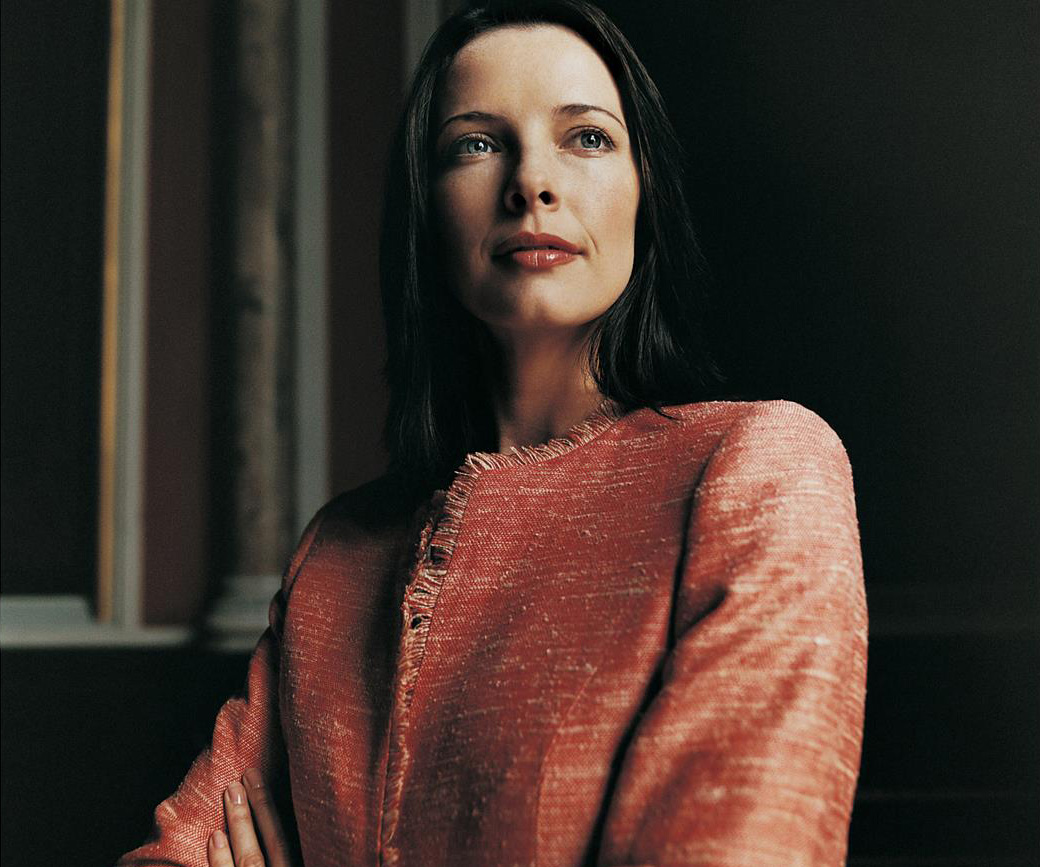WOMEN are earning 15 per cent less than men in Australia and according to one academic, this pay gap won’t close until women are prepared to work the same number of hours as men.
The comments came from Professor Mark Wooden, social researcher for the University of Melbourne, and drew gasps from the mostly female audience at the National Press Club panel discussion this week.
“All high achievers in all walks of life … put in long hours into their activity”, Professor Wooden said. “It’s (the pay equity gap) got a lot to do with the fact that women are not prepared to work longer hours.”
While he was the only male representative on the discussion panel, Wooden’s views have fuelled much debate and anger throughout the Australian female workforce. Wooden’s comments follow a recent report by the Equal Opportunity for Women in the Workplace Agency which found that female CEOs earn two-thirds of the median wage of their male counterparts and that female graduates entering the workforce earn around $3000 less than male graduates.
So what are the reasons behind this backwards finding in the twenty-first century? Wooden says a shift in traditional family structures and parental obligations are what is required to close the pay gap, “the only way we can achieve this is if we have lots of role reversals, lots of men behaving like women and lots of women behaving like men.” Wooden added however that he didn’t think Australian women, or women anywhere in the world would want this shift.
This view tends to overlook the more pressing issues of old-fashioned workplace attitudes seen to undervalue women’s skills, and enforce gender stereotyping in the workplace. Minister for the Status of Women Tanya Plibersek, sees the answer to this problem as lying in role-sharing and not role-reversal.
A change in workplace culture is what Federal Sex Discrimination Commissioner Liz Broderick sees as a means of stamping out inequality, so that all jobs, even executive roles, “come in all shapes and sizes”. Ms Broderick added, “once we start to do that I think we will start to see a critical mass of women and men with caring responsibilities at the most senior levels of each area of activity in the country”.
Broderick acknowledged that closing this pay gap was a challenge, but added that we need to “step up and actively manage” this to do things differently in the future.


